In the fast-paced digital world, expressing gratitude has transformed beyond simple words. An image of “thank you so much” can communicate emotions more powerfully and memorably than text alone, bridging emotional gaps and creating lasting connections. Visual appreciation has become an art form, allowing individuals to convey deep feelings through carefully crafted imagery.
The Emotional Power of Visual Gratitude
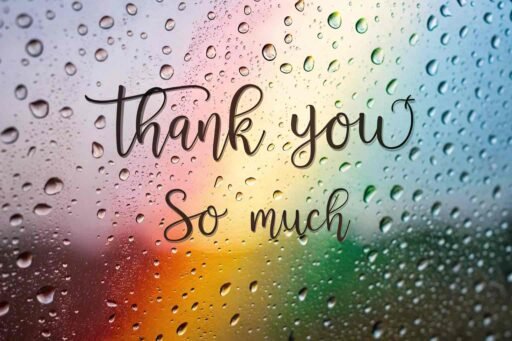
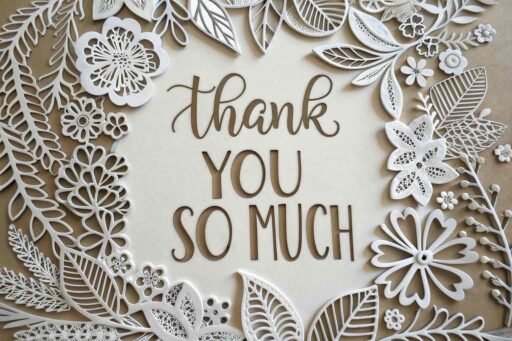

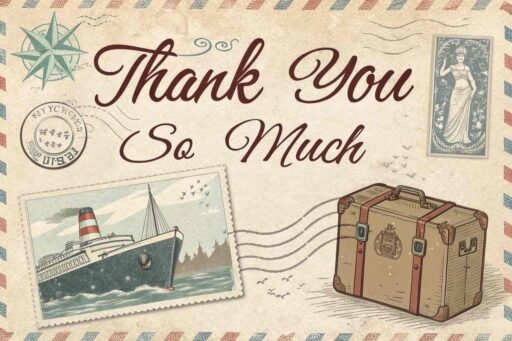
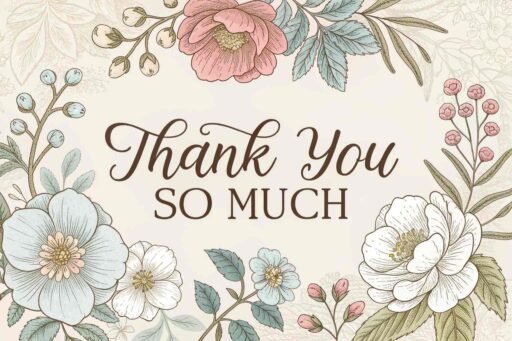
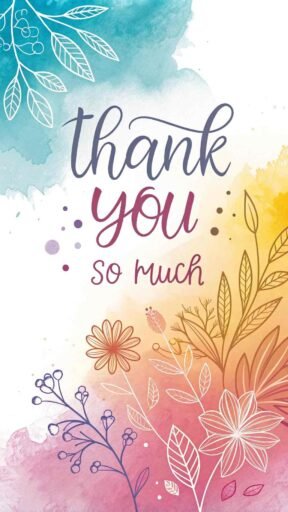



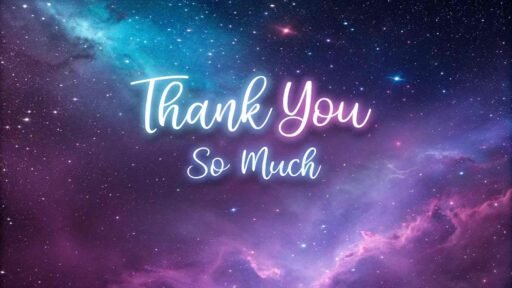
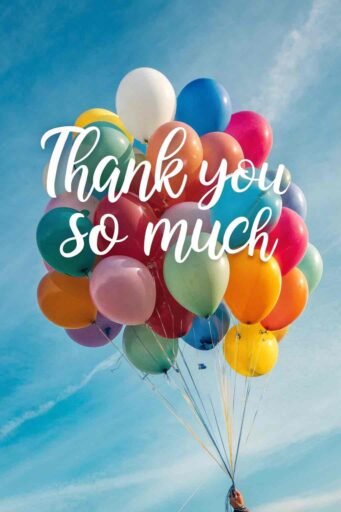
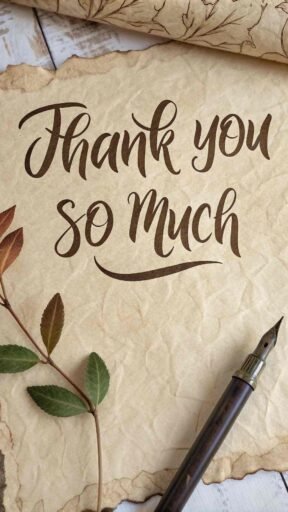
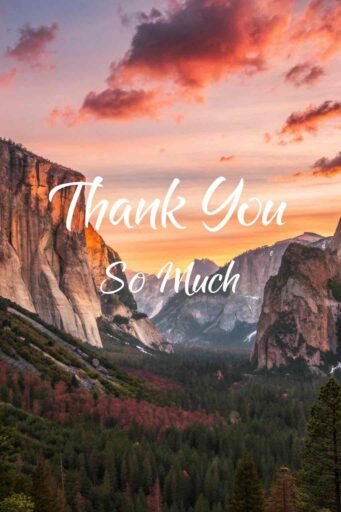
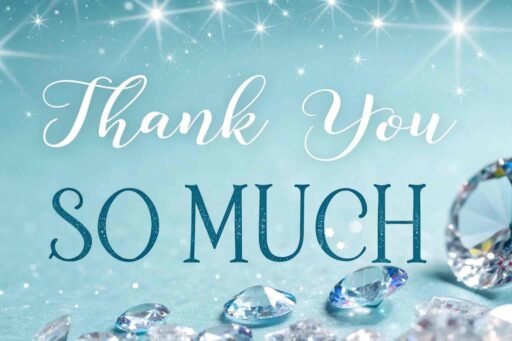

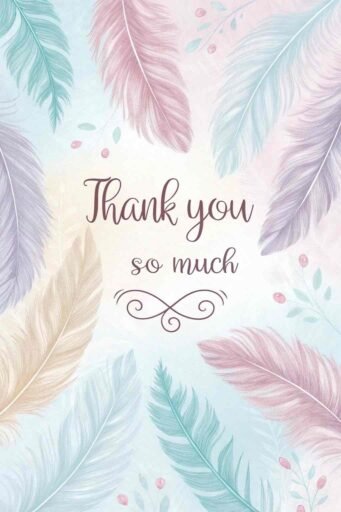
Gratitude is a universal language that transcends verbal communication. When you share an image of thank you so much, you’re doing more than just sending a message – you’re creating an emotional connection that resonates on a deeper level. Visual expressions of thanks offer unique advantages that go far beyond traditional text-based communications:
- Emotional Resonance: Images can trigger immediate emotional responses, capturing feelings that words might struggle to express
- Memorable Impact: Visual content is processed faster by the human brain, making your message of appreciation more likely to be remembered
- Universal Understanding: Graphics and images can communicate across language barriers, making your gratitude more accessible
- Personal Connection: A thoughtfully designed image shows extra effort and intentionality in expressing thanks
The science behind visual communication supports the power of thank you images. Psychological research suggests that visual stimuli create stronger memory connections and emotional engagement compared to text-only messages. This means your image of “thank you so much” can create a more profound and lasting impression than a simple written note.
Creating Impactful Thank You Images


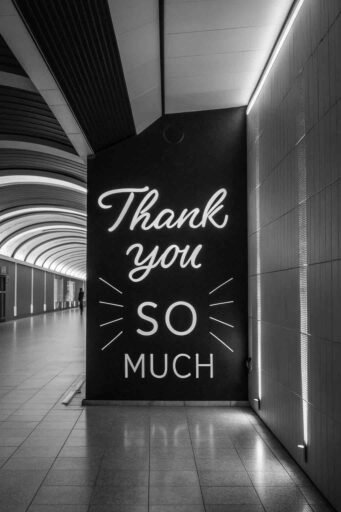

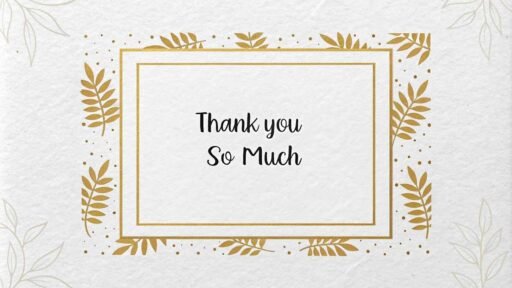



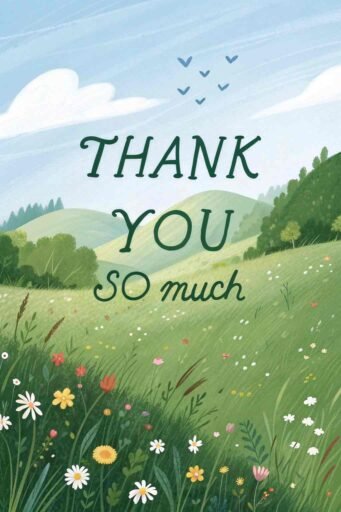

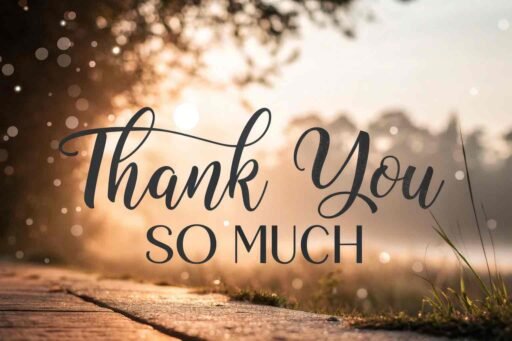



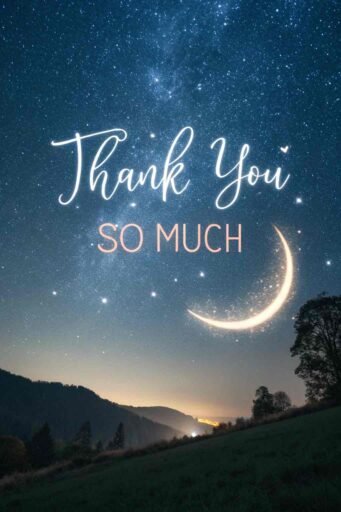
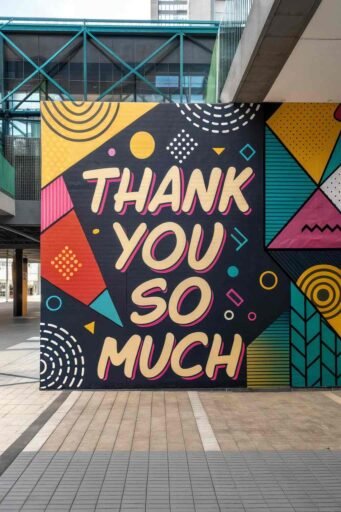
Crafting the perfect thank you image requires a blend of creativity, emotional intelligence, and design principles. It’s not just about throwing together random elements, but about creating a meaningful visual narrative that genuinely expresses appreciation.
Design Elements That Make a Difference
When developing your thank you image, consider these critical design components:
- Color Psychology: Choose colors that evoke the right emotional tone
- Warm colors like orange and yellow convey happiness and enthusiasm
- Soft blues and greens can communicate calm and sincere appreciation
- Pastel tones often work well for gentle, heartfelt thank you messages
- Typography Matters: The right font can dramatically change the image’s impact
- Handwritten-style fonts suggest personal touch and warmth
- Clean, modern fonts work well for professional thank you images
- Ensure readability by choosing appropriate font sizes and colors
- Composition Techniques
- Create visual hierarchy to guide the viewer’s eye
- Use white space effectively to prevent visual clutter
- Balance different design elements for maximum aesthetic appeal
Practical Applications of Thank You Images
The versatility of thank you images extends across numerous contexts:
- Professional Networking
- Acknowledge business partnerships
- Follow up after successful collaborations
- Express gratitude to mentors and colleagues
- Recognize team achievements and individual contributions
- Personal Relationships
- Celebrate friendships and family connections
- Commemorate special moments and shared experiences
- Show appreciation for unexpected kindness
- Mark milestone events and personal achievements
- Digital Communication
- Enhance social media engagement
- Create shareable content for online platforms
- Respond to online support and community interactions
- Build stronger digital connections through visual appreciation
Maximizing the Impact of Your Gratitude Visuals




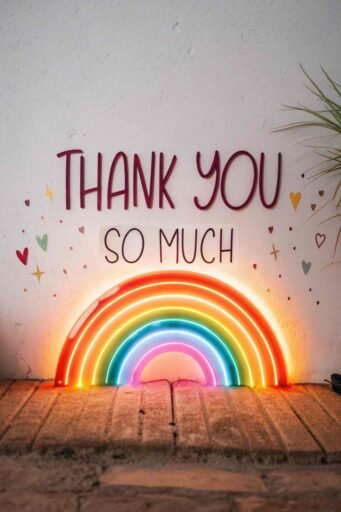
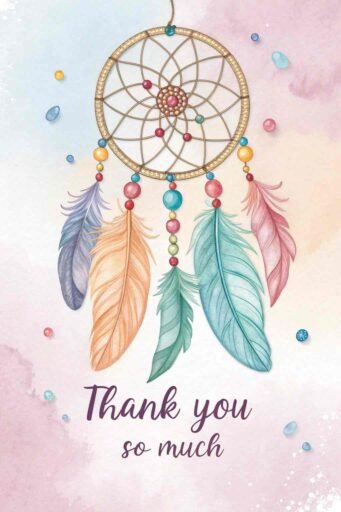
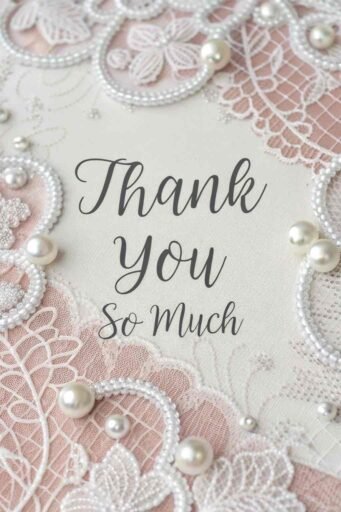

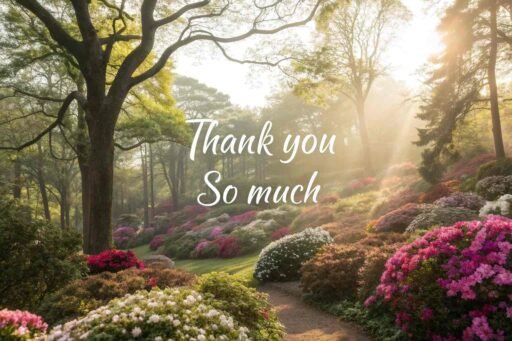
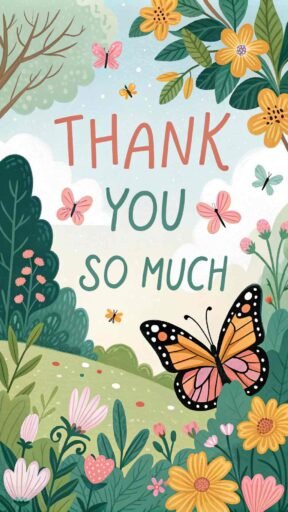
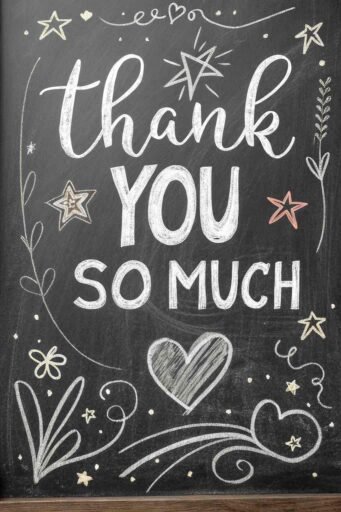
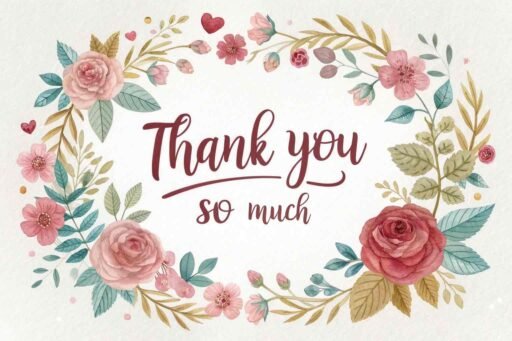
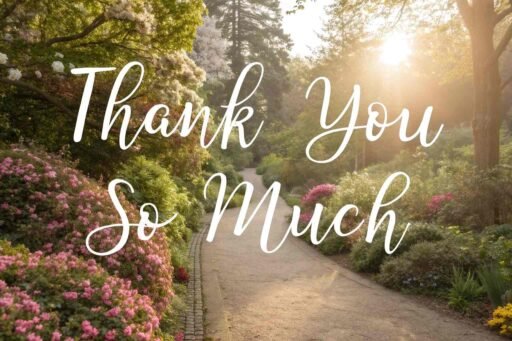
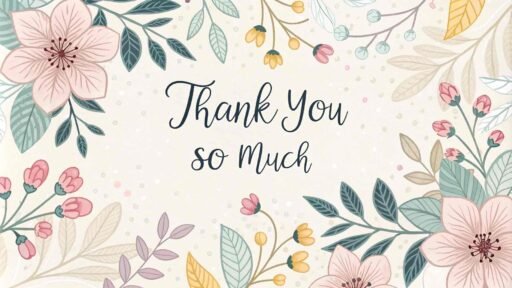
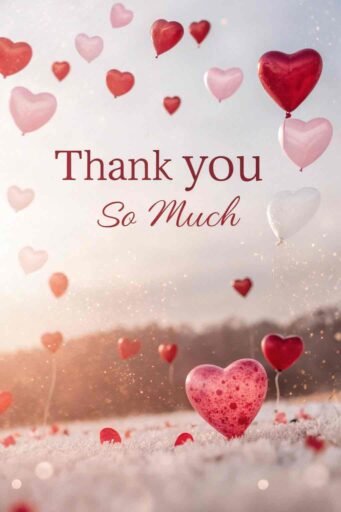
The ultimate goal of an image of thank you so much is to create a genuine, heartfelt connection that makes the recipient feel truly appreciated.
Personalization Strategies
- Incorporate elements specific to the recipient’s interests
- Use inside jokes or shared memories when appropriate
- Match the visual style to the recipient’s personality
- Consider the context and relationship when designing
Technical Optimization
- Ensure high-resolution images across different devices
- Use appropriate file formats for various platforms
- Include descriptive alt text for accessibility
- Optimize image size for quick loading
- Maintain consistent branding if creating professional thank you graphics
Timing and Context Considerations
- Respond promptly to gestures of kindness
- Match the image’s tone to the specific situation
- Consider cultural nuances and personal preferences
- Be genuine and authentic in your visual expression
Practical Tips for Different Scenarios:
- Professional Thank You: Clean, elegant design with subtle branding
- Personal Appreciation: Warm, colorful, and potentially playful graphics
- Formal Acknowledgments: Sophisticated, minimalist approach
- Casual Thanks: Vibrant, energetic, and spontaneous visuals
Conclusion
An image of thank you so much transcends mere communication – it’s a powerful tool for human connection. By thoughtfully creating and sharing these visual messages, you transform simple appreciation into a memorable, touching experience that resonates deeply with the recipient.
The most impactful thank you images emerge from genuine emotion, careful consideration, and a true desire to express heartfelt gratitude. Whether you’re designing a professional graphic or a personal appreciation message, focus on sincerity, creativity, and the emotional journey you want to share.
Your visual thank you is more than an image – it’s a bridge of connection, a moment of shared emotion that can brighten someone’s day and strengthen your relationships.